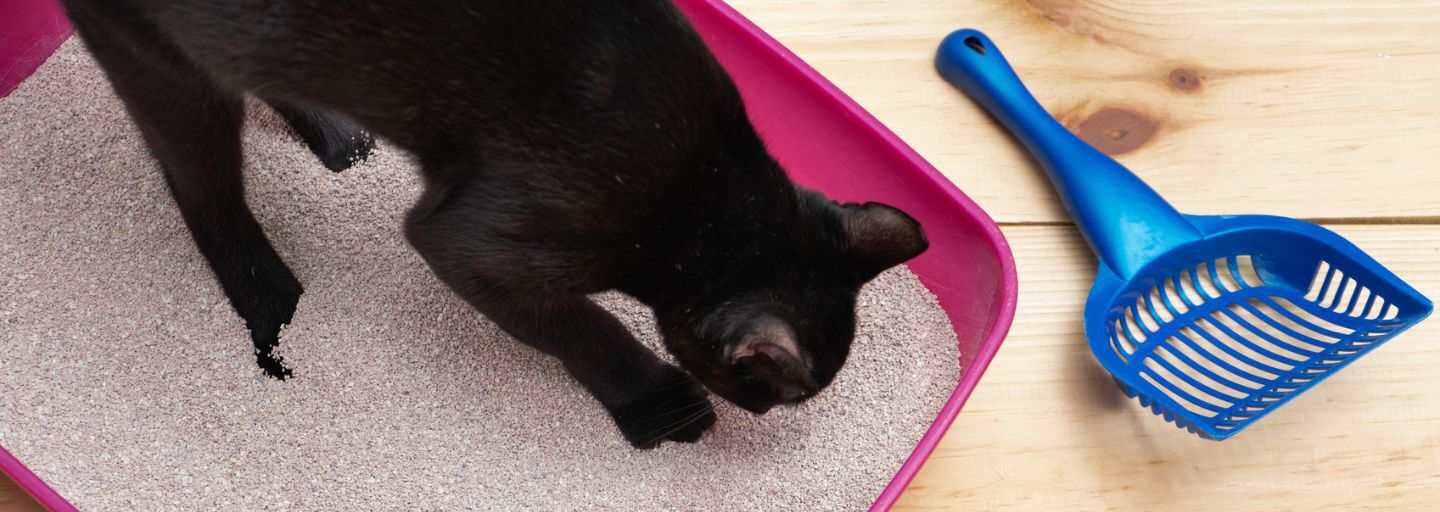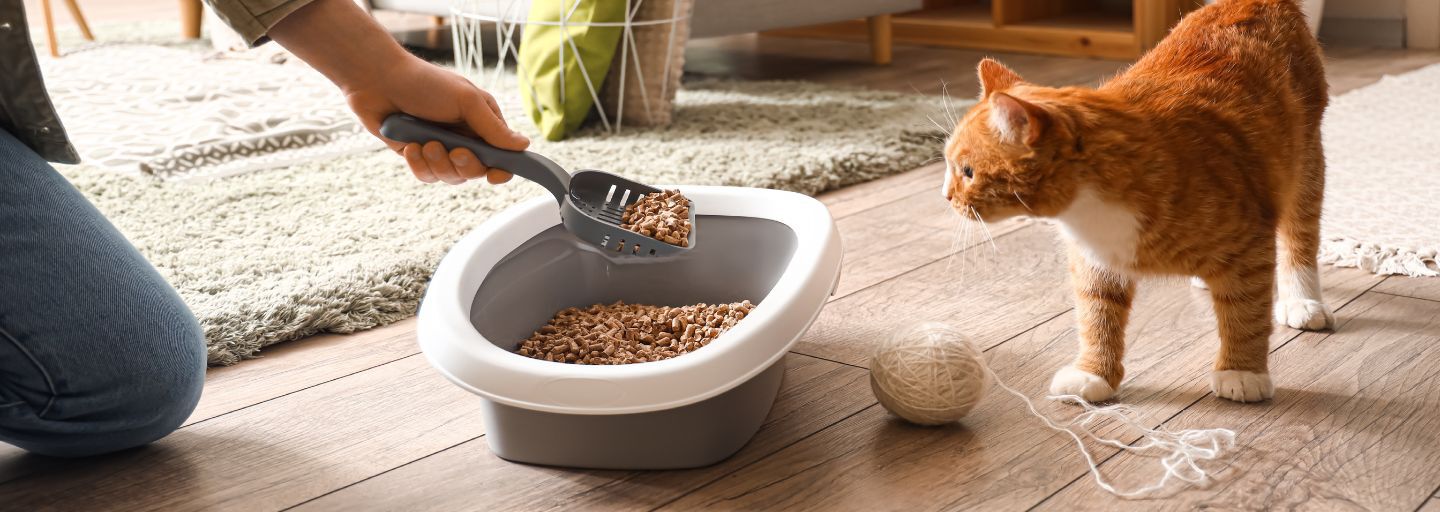Understanding the Pee Problem
No one likes the smell of cat urine. Well, except perhaps cats! If you have noticed the pungent aroma of cat pee around your home, you may wonder just why your cat insists on depositing their scent outside the litter box and how you are going to stop it.
Many animals use urine to mark the area that they consider to be theirs – their territory. Territory marking lets other animals of the same species know that a conspecific is present. Urine also communicates the reproductive status of the individual and their status rank. Some cats, usually the top cats of the neighborhood, may also mark the boundaries of their territory with feces, a behavior known as middening.
Just because our cats now live a pampered life alongside humans does not exclude them from retaining their primitive feline habits. It does tend to be entire males, those who have not been desexed, who mark the most, making them difficult to live with in our homes. Desexed males and females may also mark too. Marking behavior tends to begin with reproductive maturity around 5 to 6 months of age.
Feline urinary marking is normally done by spraying. This is a behavior where cats reverse up to a vertical surface and, with their tails held high, release a spray of urine. You will often see their tails quiver as they do this. Spraying is distinct from urination, which is an evacuation of urine from the bladder and is performed squatting above a horizontal surface.
In addition to letting the feline world know about their presence by marking their territory, cats may also use their urine to feel secure about their world. Cats who are a little anxious may deposit their urine around your home. This behavior may simply happen because their litter box is not as clean as they would like or another cat has occupied the tray. Often, however, it appears to be the result of feeling stressed. Common stressors include other cats (both within your household and in your neighborhood), children, dogs, guests, new scents, or sounds within your home.
Solutions for the Marking Problem
The following should help you deal with your cat’s urine marking…
Vet Check
If your cat is urinating around your home, the first step should be a vet check. Cats can have urinary tract problems, and these must be addressed as soon as possible. If you see your cat repeatedly squatting with very little urine emerging or you see blood in your cat’s urine, you must take your cat to the vet immediately.
If your cat has not been desexed, this should be considered. If the marking behavior has become a habit, your cat may still continue after being desexed, but most cats cease marking. Desexing prior to sexual maturity is the best prevention of marking behavior.
Litter Check
If you are not providing a litter box for your cat, now is the time to do so. More than one litter tray per cat is ideal, placed in private locations with a couple of possible escape routes, so your cat feels secure while using its box, especially if your household includes other cats, a dog, or active children.
If your cat tends to spray against walls, try putting an upright litter box behind their normal litter tray to ‘catch’ the spray. Or use a covered litter tray. Tin foil in likely spray areas can also be a deterrent to your cat.
Home Check
It is important that you clean up any urine or feces thoroughly, using an enzymatic cleaner. Human cleaning agents often do not completely remove the scent of urine, and the cat is then attracted back to the same spot to toilet. Enzymatic cleaners ensure all scent residue is removed. A UV blacklight torch can show areas of your home that still have urine.
If your cat repeatedly marks in particular areas, you should prevent their access to these spots by closing doors or confining your cat to smaller areas within your home. Alternatively, placing food in these spots (after cleaning thoroughly) and playing or interacting with your cat in these areas may help your cat associate these areas with living, rather than being a marking or toileting area.
Stress Check
If you believe that your cat is stressed, removing the source of the stress should diminish the amount of urine marking around your home. The stressor (whatever your cat is sensitive to) needs to be gradually introduced to your cat in a positive manner to desensitize them. So, if your cat dislikes the sound of your neighbor’s dog barking, you can record the sounds and play them back to your cat at a gradually increasing volume over days, weeks, or months.
Stressed cats need locations to ‘escape’ to, including boxes to retreat into and shelves to perch up high. Here, they can get to know the person, animal, or event that is stressing them and gradually begin to accept them. Always make encounters a positive experience for your cat by giving them a food treat or a pat.
If your cat’s stress levels are not improving, it may help to seek some professional behavioral help. Anti-anxiety medications, available from your vet, may help, as may the use of cat pheromones.
Please bear in mind that marking is normal cat behavior, and we should never punish our cats for it. Instead, take steps to reduce it by ensuring your cat has a stress-free, healthy life and home environment.




